- News
- Reviews
- Bikes
- Components
- Bar tape & grips
- Bottom brackets
- Brake & gear cables
- Brake & STI levers
- Brake pads & spares
- Brakes
- Cassettes & freewheels
- Chains
- Chainsets & chainrings
- Derailleurs - front
- Derailleurs - rear
- Forks
- Gear levers & shifters
- Groupsets
- Handlebars & extensions
- Headsets
- Hubs
- Inner tubes
- Pedals
- Quick releases & skewers
- Saddles
- Seatposts
- Stems
- Wheels
- Tyres
- Tubeless valves
- Accessories
- Accessories - misc
- Computer mounts
- Bags
- Bar ends
- Bike bags & cases
- Bottle cages
- Bottles
- Cameras
- Car racks
- Child seats
- Computers
- Glasses
- GPS units
- Helmets
- Lights - front
- Lights - rear
- Lights - sets
- Locks
- Mirrors
- Mudguards
- Racks
- Pumps & CO2 inflators
- Puncture kits
- Reflectives
- Smart watches
- Stands and racks
- Trailers
- Clothing
- Health, fitness and nutrition
- Tools and workshop
- Miscellaneous
- Buyers Guides
- Features
- Forum
- Recommends
- Podcast
review
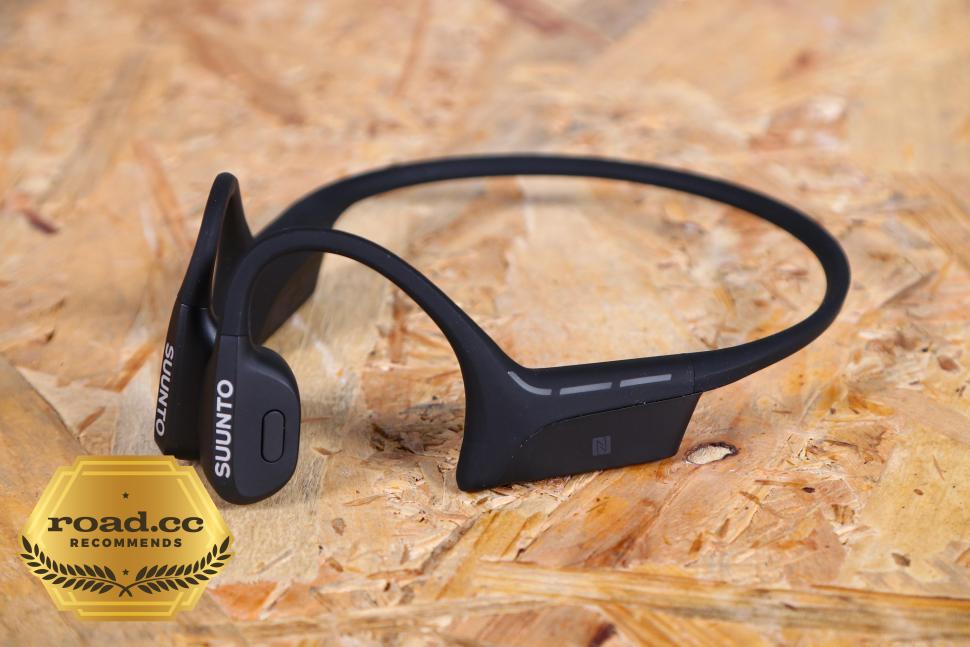 Suunto Wing bone conduction headphones
Suunto Wing bone conduction headphones£169.00
VERDICT:
Excellent quality bone-conduction headphones with innovative hands-free controls and good sound quality and comfort
Lightweight
Added safety features
Hands-free control of music and calls
Quality build
Case extends battery life
Pricey
Weight:
33g
Contact:

This product has been selected to feature in road.cc recommends. That means it's not just scored well, but we think it stands out as special. Go to road.cc recommends
At road.cc every product is thoroughly tested for as long as it takes to get a proper insight into how well it works. Our reviewers are experienced cyclists that we trust to be objective. While we strive to ensure that opinions expressed are backed up by facts, reviews are by their nature an informed opinion, not a definitive verdict. We don't intentionally try to break anything (except locks) but we do try to look for weak points in any design. The overall score is not just an average of the other scores: it reflects both a product's function and value – with value determined by how a product compares with items of similar spec, quality, and price.
What the road.cc scores meanGood scores are more common than bad, because fortunately good products are more common than bad.
- Exceptional
- Excellent
- Very Good
- Good
- Quite good
- Average
- Not so good
- Poor
- Bad
- Appalling
Bone-conduction headphones have become a hot commodity in the cycling and wider sports market over the last couple of years. Though one brand has perhaps dominated the market, newcomers can't be blamed for a lack of trying and innovation. Which brings us to the Suunto Wing Bone Conduction Headphones – the Finnish company's first attempt at entering the market. And while these might not look that different, they pack in some neat, unique features, a great battery life and decent sound quality. And they've impressed me during testing over the last few months.
> Buy now: Suunto Wing Bone Conduction Headphones for £169 from Suunto
You might not have expected Suunto – a brand better know for its sports watches – to release a pair of headphones. But the Wing doesn't in any way feel like a hastily thrown-together product.
The Wing comes in what has become a standard look for bone-conduction headphones: two buds that sit just in front of your ears, joined together by a band that loops over your ears and behind your head.
The Wing is available in two colour options: black and black with red accents. The quality of the headphones is tangible the moment you get them out of the packaging – which, in its quality and sleek black design reminded me of the joy of unboxing a new Apple product.
The main material in shaping the Wing is titanium alloy, which is then layered with soft silicone so it's soft against your skin. In case you haven't ever worn bone-conduction headphones: it's the buds that sit in front of your ears that conduct sound to the inner ear through vibrations. Because of this skin connection, the material covering the headphones matters, and Suunto has done well in making the Wing's buds and the connecting band comfy. The set is rated to IP67, which means it's dustproof and can survive being submerged in water for an hour, so a heavy downpour should be no issue.
Once out of the box, it was as easy as turning them on and connecting to my phone via Bluetooth. I didn't need an app, and though the Suunto Connect app allows for customisation, the initial setup is very simple and I found the headphones paired seamlessly and quickly with my phone every time.
There are three buttons – again pretty standard. The block behind the right ear houses two small buttons: one for turning the device on and increasing volume, and another for lowering the volume and controlling the integrated LED lights (more on those later).
These buttons are quite small and not very easy to find at first because of their flat shape, but once I sussed their location, it became much easier to change volume and turn them on and off.
The multi-function button on the left earbud takes care of functions such as answering calls and changing songs, depending on how many times you click on it – and this is easy to find and operate.
While these buttons are good for controlling things when you're running, cycling often requires you to have both hands on the bar – which is where the Wing's 'Head Movement Control' comes in. This feature allows you to skip to the next song or answer a phone call simply by shaking or nodding your head instead of pushing a button.
Admittedly, this can look a little funny – and I bet some bystanders have wondered why I keep shaking 'no' with my head when running and cycling – but despite initial scepticism, I found the function extremely useful. It also works well with answering calls, and though you might think that especially with running you'd accidentally 'nod' and accept the call, the movement needs to be quite considered so I never had issues with the headphones doing something I didn't want them to.
Another unique feature of the Wing is the three red LEDs that sit on either side of the headphones. You can turn these on or off or set them to flash using the Suunto smartphone app, which also allows you to customise the Head Movement Control actions (the shaking and nodding of the head) and sound mode. The lights aren't that bright, but they do add a safety element in the dark.
Lastly, on the technical side, in addition to charging with a magnetic USB charging cable, the Wing also comes with a charging dock/storage block, which can be used as a spare battery bank for the headphones, or simply for carrying them around safely (a soft carry pouch is also provided). Because of the shape of bone-conduction headphones, I have found carrying them in a bag or pocket generally a bit tricky, as I am fearful I'll snap the band (which has happened to me once), so I really liked the Wing's lightweight case that keeps them well secured and charged.
Performance
The appeal of bone-conduction headphones over traditional types is that they allow you to hear your surroundings while wearing them. This comes with a compromise to audio quality and, often when cycling, excessive wind noise at higher speeds. I can't say the Wing has eradicated those issues – if you're used to traditional headphones, the lack of bass is initially noticeable, and once you hit about 40 km/h or encounter very windy conditions, you can barely make out the tunes you're listening to – even though the Wing does have a good volume range that allows you to really blast it if you so wish, and there are also a pair of foam earbuds in the box so you could use those to block out noise but still keep hearing the music through the bone conduction technology. That, though, is something I'd only do indoors and never when cycling.
That said, these two issues are something that affects virtually every bone-conduction headphone, and as such, I would not really mark the Wing down for it. These types of headphones are worn with increased spatial awareness in mind, rather than for the best audio quality. And as far as achieving that, the Wing is very much a wear-and-forget item that allows you to enjoy music without blocking out everything else – and that's partially thanks to their minuscule 33g weight, slightly more than the closest Shokz competitor's 28g.
Most of the time, I used the Wing to listen to music, as I find the noise these types of headphones let through makes them better for music than podcasts – unless you don't mind missing a word here and there or you ride on very quiet back lanes in very still (or slow) conditions indoors.
The battery life promised on these is 'more than eight hours', and I found that accurate. It is enough for some long rides, and in practice I found the carry-case extended battery life to more than 20 hours. Having a charging case like this is quite unusual for this type of headphone, despite being common for earbud-style headphones.
Value
There's no getting away from the fact that at £169, the Suunto Wing is among the most expensive set of bone-conduction headphones around.
The Shokz OpenRun Pro comes close at a shade under £160, while the Shokz OpenRun Wireless version is slightly cheaper.
The Oladance OWS Sports headphone will set you back £190. The Oladance isn't technically a bone-conduction set, though, and that might also explain why Josh said the headphones offered such an impressive bass sound, something I'd say the Wing doesn't deliver despite it being better than the Shokz OpenRun.
Neither of the other two offers anything similar to the Wing's Head Movement Controls, which I think make a huge difference when you're cycling or running and allow you to keep your hands free and not scramble to find the small buttons.
If you're on a budget, there are more affordable options such as the Haylou PurFree BC01 for £100, but they lack the quality of the Suunto Wing.
Conclusion
If you're looking for a good quality, well-designed headset that allows you to hear your surroundings while cycling, the Suunto Wing is an excellent choice. It is pricey, but you do get features such as the head-movement controls, the integrated LED lights, and the charging dock, which really set these headphones apart and go a long way to justifying the higher price tag.
Verdict
Excellent quality bone-conduction headphones with innovative hands-free controls and good sound quality and comfort
> Buy now: Suunto Wing Bone Conduction Headphones for £169 from Suunto
road.cc test report
Make and model: Suunto Wing bone conduction headphones
Size tested: One Size
Tell us what the product is for and who it's aimed at. What do the manufacturers say about it? How does that compare to your own feelings about it?
Suunto says that these are 'Premium bone conduction headphones with LED lights & powerbank'.
Tell us some more about the technical aspects of the product?
Suunto lists:
Case material: Silicone + Titanium Alloy
Weight 33 g / 1.16 oz
Firmware upgradable
Water resistance: IP67
Battery type: rechargeable lithium-ion
Battery Charge Time: Headphones:≤1h, Powerbank:≤1.5h
Music only play time: ≧10H. Used with powerbank: ≧30H (60% volume, using SBC format to play 'Hotel California')
Music play time after opening head movement control: ≧8H
Music play time after the LED lights in the constant light: ≧4H
Rate the product for quality of construction:
10/10
Rate the product for performance:
10/10
Rate the product for durability:
10/10
Rate the product for weight (if applicable)
8/10
A tad heavier than its close competitors, but this really isn't noticeable in use.
Rate the product for comfort (if applicable)
10/10
Rate the product for value:
7/10
On the more expensive side when it comes to bone-conduction headphones, but it does offer a lot of features and quality for your money.
Tell us how the product performed overall when used for its designed purpose
The headphones were excellent in allowing me to listen to music while running and cycling, and the sound quality was excellent. The added power bank was great for longer trips and storing the headphones, and I quickly got so used to the head control movements I kept trying to change songs by shaking my head with other headsets too...
Tell us what you particularly liked about the product
The Head Movement Control, the sound quality, the overall comfortable fit and also the led lights.
How does the price compare to that of similar products in the market, including ones recently tested on road.cc?
The Suunto Wing is among the most expensive bone-conduction headphones on the market – if not the most expensive. The Shokz OpenRun Pro is close at just shy of £160, though the Shokz OpenRun Wireless version is slightly cheaper at around £130.
The Oladance OWS Sports headphone will set you back £190. The Oladance isn't technically a bone conduction set, though, and that might also explain why Josh said the headphones offered an impressive bass sound, something I'd say the Wing doesn't quite deliver despite it being better than the Shokz OpenRun.
Neither of the other two offer anything similar to the Wing's Head Movement Controls, which I think make a huge difference when you're cycling or running and allow you to keep your hands free and not scramble to find the small buttons. And if you're on a budget, there are obviously more affordable options such as the Haylou PurFree BC01 bone conduction earphones for £100 – but they lack the overall quality and sound.
Did you enjoy using the product? Yes
Would you consider buying the product? Yes
Would you recommend the product to a friend? Yes
About the tester
Age: 30
I usually ride: Specialized Tarmac Sl6 My best bike is:
I've been riding for: 5-10 years I ride: Every day I would class myself as: Expert
I regularly do the following types of riding: cyclo cross, commuting, touring, general fitness riding, mtb, Ultra-distances
Latest Comments
- Miller 1 sec ago
I have known more than one elder statesman of the club die of a heart failure while out on a ride. Sometimes I feel that's about to happen to me,...
- Pub bike 17 min 3 sec ago
Via the "wireless active steering system".
- AidanR 25 min 36 sec ago
It does say "so-called reciprocol" to be fair. But I agree, Trump calling the tariffs reciprocol is disingenuous at best, given that they are based...
- Hirsute 40 min 46 sec ago
137m is the farthest I have observed when quickly looking at the Garmin unit....
- pockstone 58 min ago
Yours worked wonders, but if you insist, I'll hop to it...why the need for extra police? Did the fire brigade bottle it?
- Jamminatrix 1 hour 11 min ago
As if Tadej Pogacar's slavery-supporting jersey is any different...
- BikingBud 4 hours 42 min ago
Do you mean this woman, who got out to marshall the truck through and is now walking back to said Wankpanzer which is blocking the road again as it...
- Pub bike 46 min 44 sec ago
He is up against the global trading system, which has obviously been in the news a lot lately. Framebuilders in other countries can undercut him,...
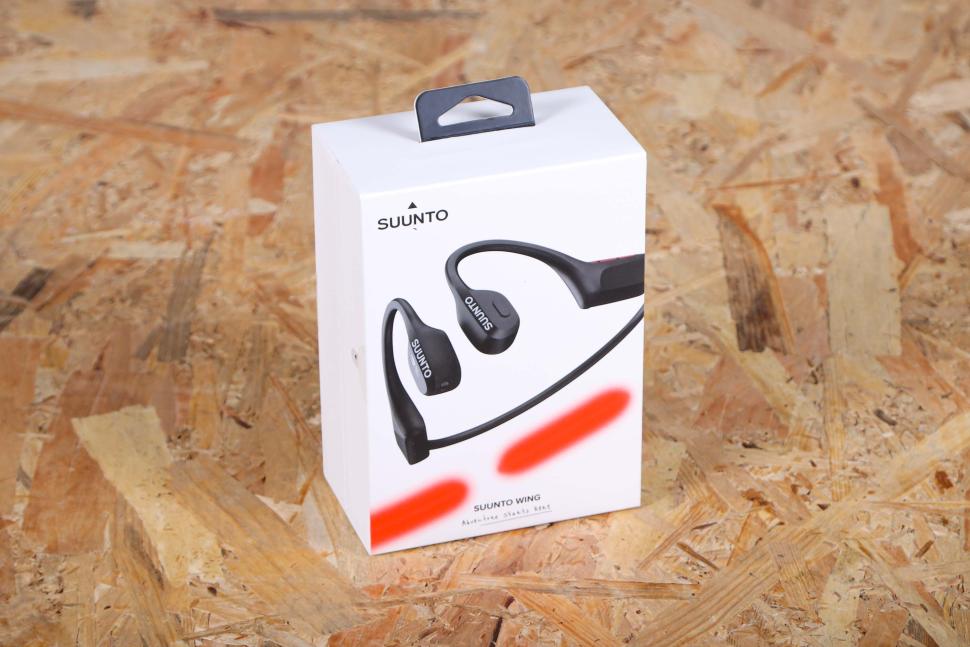

















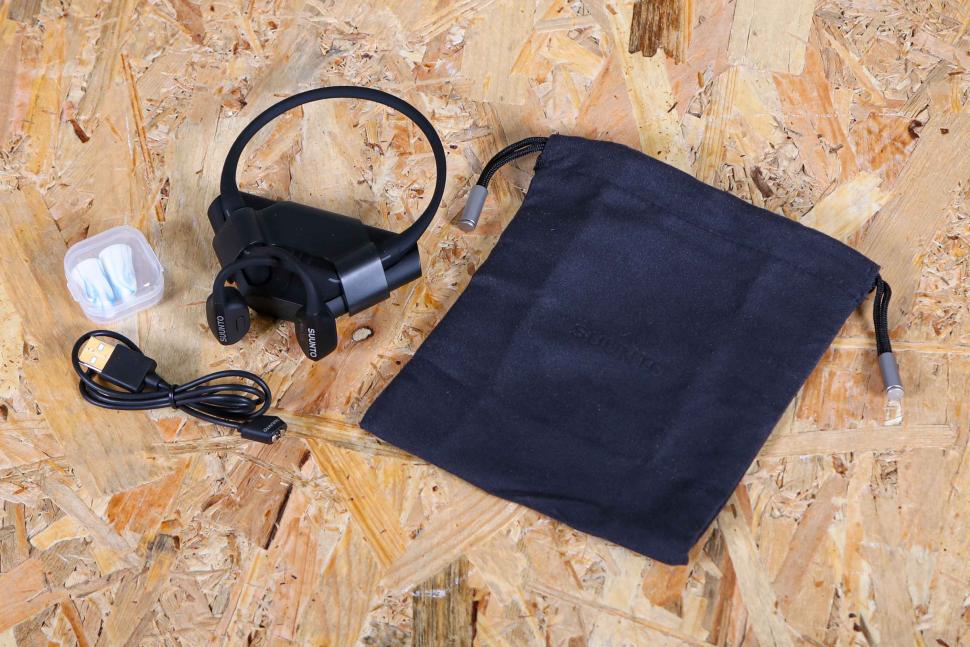


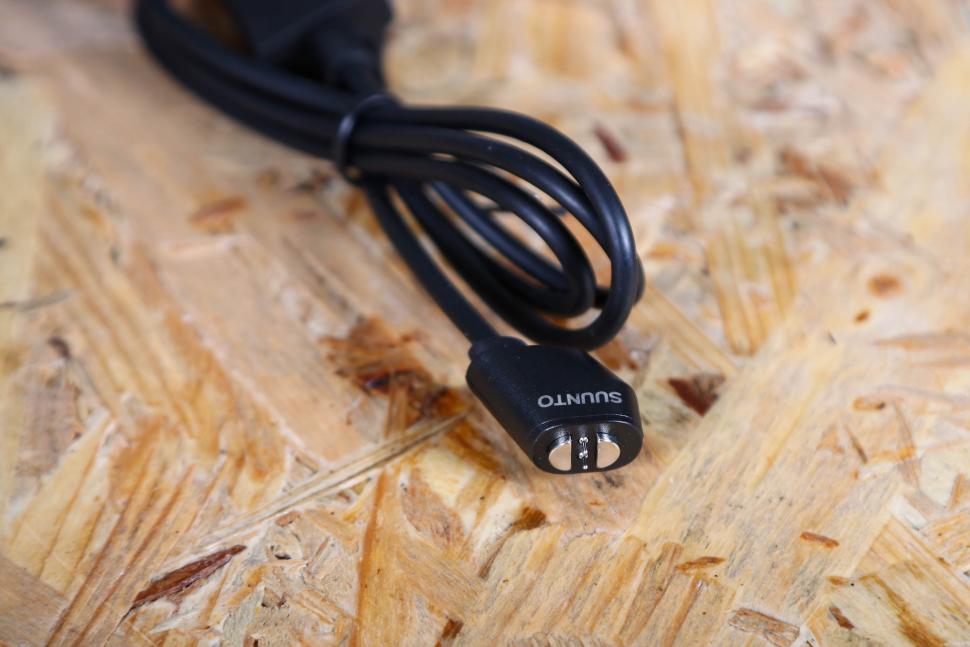

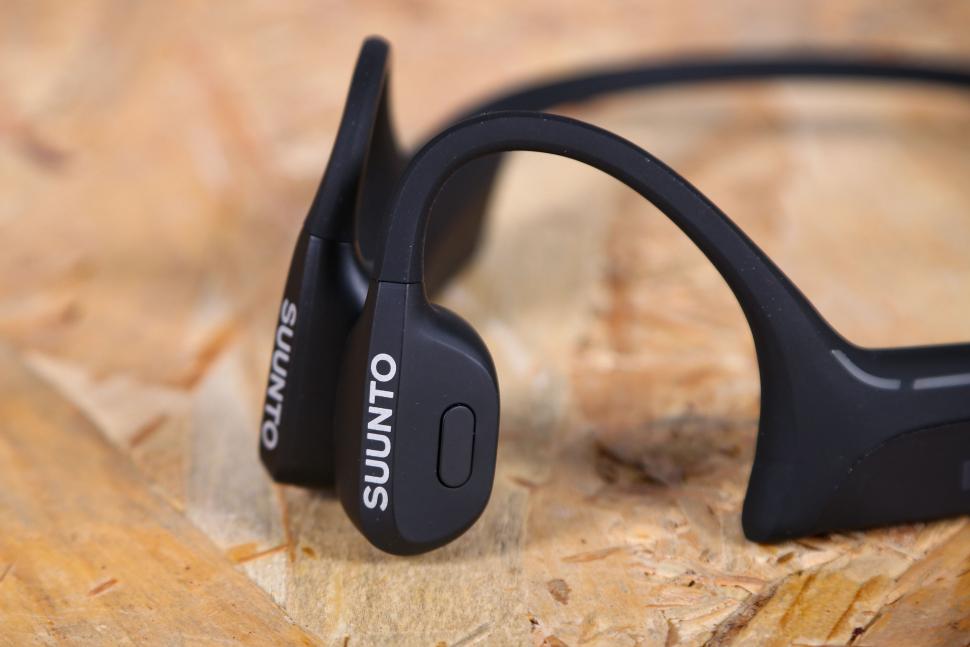



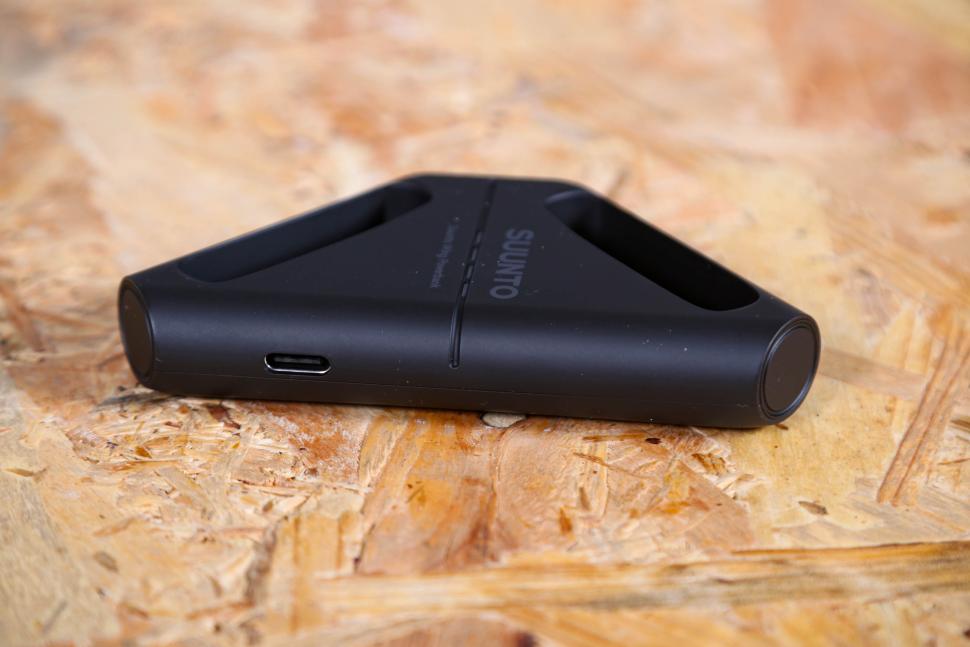
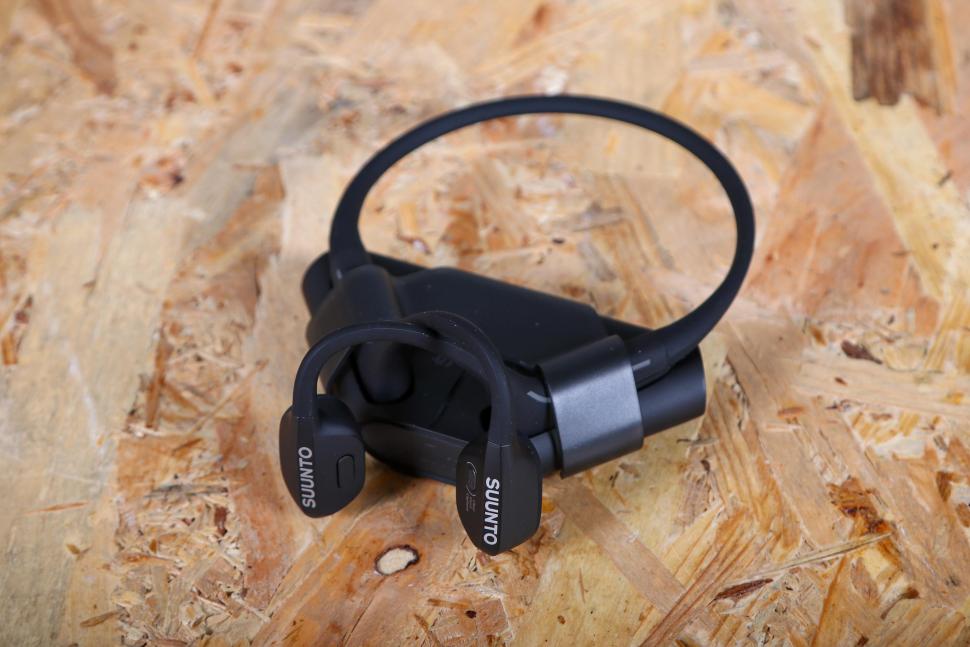






Add new comment
1 comments
These, and most other brands, are all built around the same off-the shelf components, just with brand specific mouldings around those components. Before spending £150+, you can try sub-£20 versions which have all the same main features (and in the case of mine, USB-C charging rather than yet another non-standard charging cable). Don't get me wrong, I started with Shokz and they are very nice, the moudling and product wrap-around and support is better, until you mislay them. At which point I found out the chunkier cheaper brands work just as good.